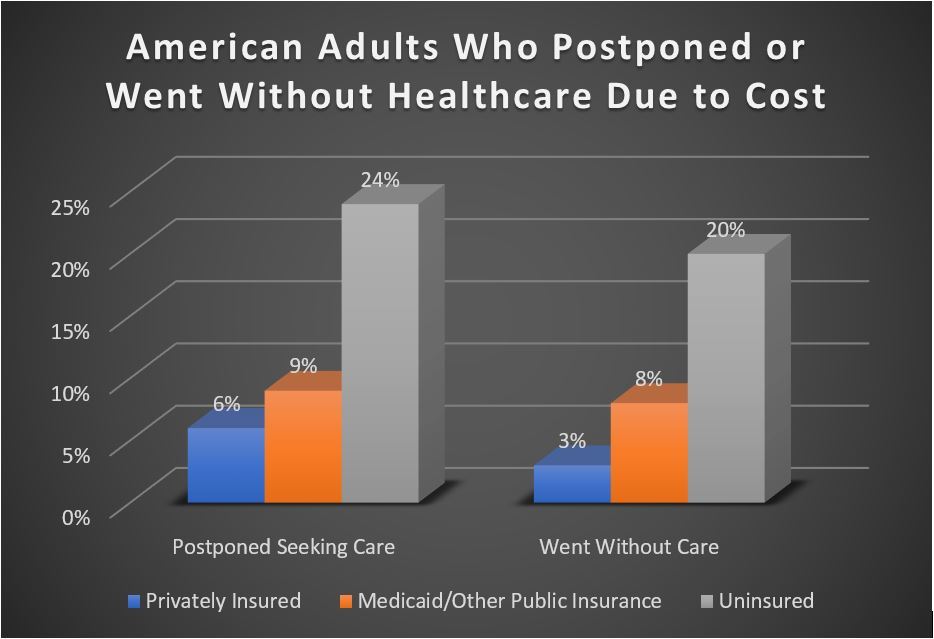At last month’s American Association of Dermatology Annual Meeting, the topic of patient access to care was again a topic of discussion. This year, cost was named as an additional barrier to patient care. This issue is not unique to dermatology. In fact, a Kaiser Family Foundation analysis found that 3% – 24% of American adults delayed or forwent healthcare services due to the cost in 2016.
There is a myriad of factors that determine healthcare costs. Many within the payor industry and the federal government are looking for ways to cut those costs. Unfortunately, some of the cost-cutting efforts are shortsighted.
Some seem to think that dermatological care can be delegated to primary care physicians, as is evident by narrow payor networks that limit access to dermatologists. However, access to quality dermatological care can improve outcomes, and according to researchers at Boston University School of Medicine, may also improve the quality of life for people suffering from skin conditions.
There are better ways to reduce healthcare costs.
Quality and Collaboration
Well-trained dermatologists understand which treatments are most likely to effectively and efficiently produce the best outcomes. This means they have the expertise to help determine the best methods for reducing healthcare costs without sacrificing the quality of care. Unfortunately, physicians are sometimes left out of the cost / quality-of-care conversations.
Medical practices are more than just businesses. Cost-cutting measures that look good on paper may not work within the reality of practicing good medicine. Physicians know this, and that’s why clinical autonomy is of the utmost importance to them.
Clinical autonomy and the ability to collaborate with other high-caliber physicians allow QualDerm-affiliated dermatologist to ensure their patients are getting the highest quality care. This physician collaboration also facilitates the exchange of best-practice ideas to keep costs affordable for patients.
The Business Backend
Physicians across the county bemoan the administrative burdens of practicing medicine. In addition to the everyday responsibilities of running an office – for example, HR and IT – unfunded mandates are sapping physicians’ time and energy. What’s worse, these mandates often have financial penalties tied to them if they are unmet.
Further, the increased leverage of payors over independent practices is negatively impacting those practices’ bottom lines. This leverage is also hurting patients by forcing them to pay higher out-of-pocket costs to see certain physicians.
These out-of-network fees can be cost prohibitive for many patients, thus, deterring them from getting the care they need. QualDerm strives to be in-network with insurance companies in order to provide the most cost-effective care to patients. In fact, it is part of QualDerm’s mission to maintain the highest quality care within programs that are designed to manage patient costs.
Having a stronger voice during payor contract negotiations is one way dermatologists can help ensure services remain accessible to patients. Studies have shown that physicians who are a part of a larger network of practices fare better during contract negotiations, both in terms of more favorable reimbursement rates and by protecting their in-network status.
Strength in numbers is one reason for this. However, the ability to provide quality and cost data also improves practices’ leverage during negotiations. QualDerm’s in-house IT team works with each of our affiliated practices to ensure their EHRs are tailored to capture dermatology-specific measures. This valuable data is then used for contract negotiation purposes as well as to fulfill the MACRA reporting requirements.
Learn more about how affiliating with QualDerm can help you protect your patients’ access to quality dermatological care.
Contact us to find out more about partnership opportunities or to discuss selling your practice.
